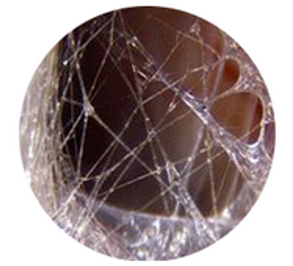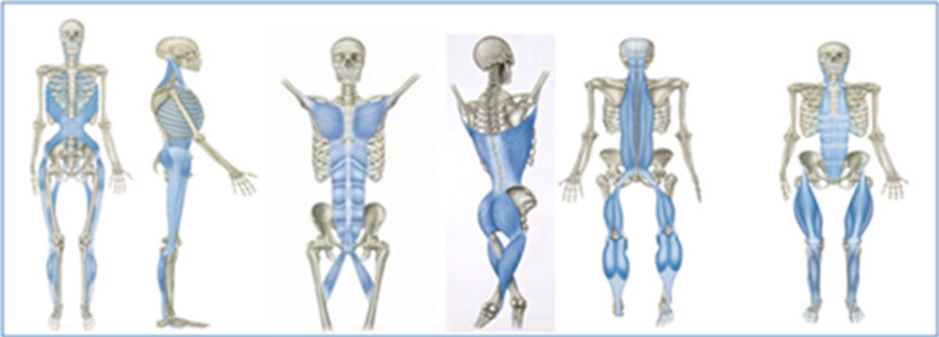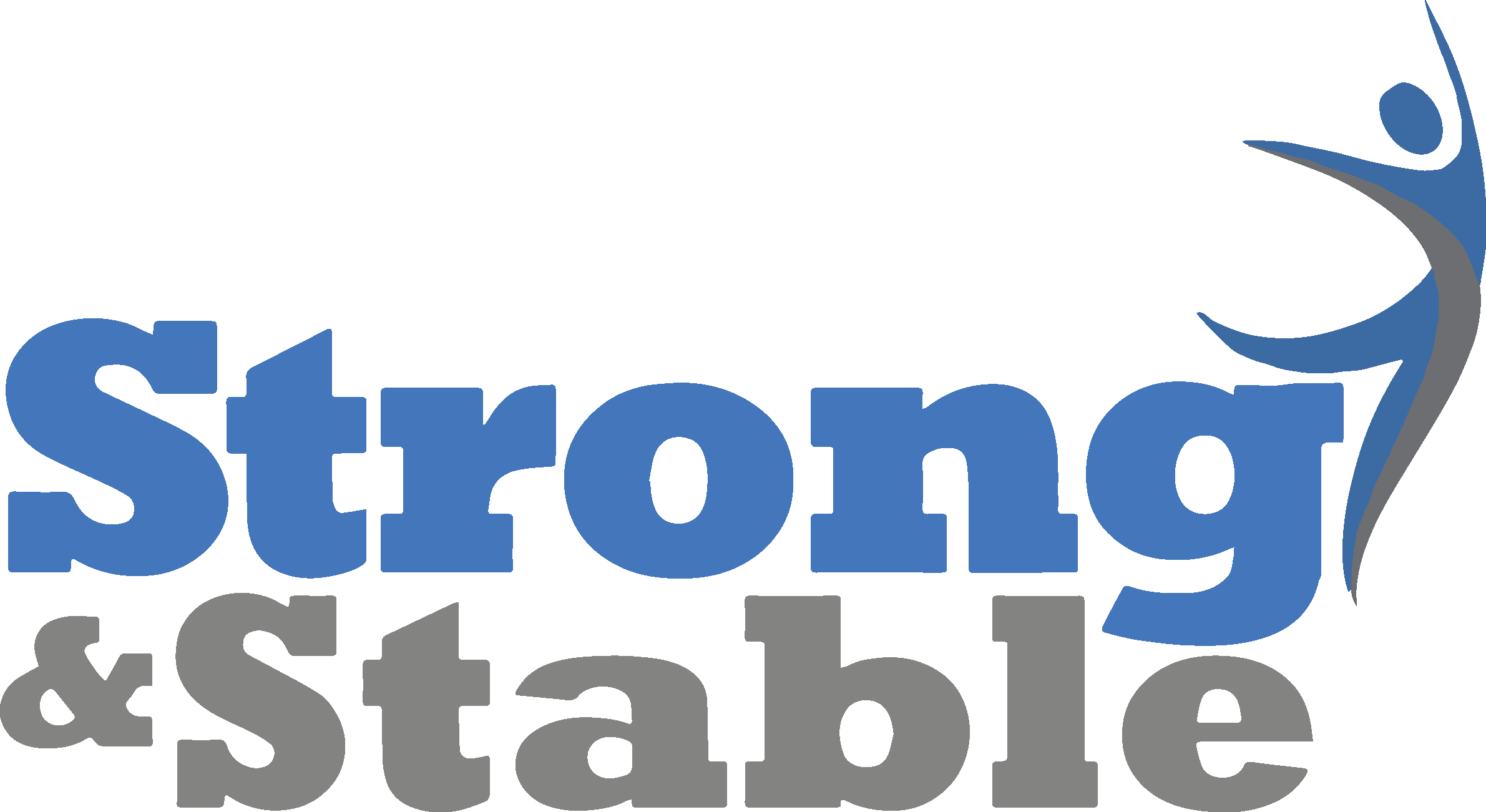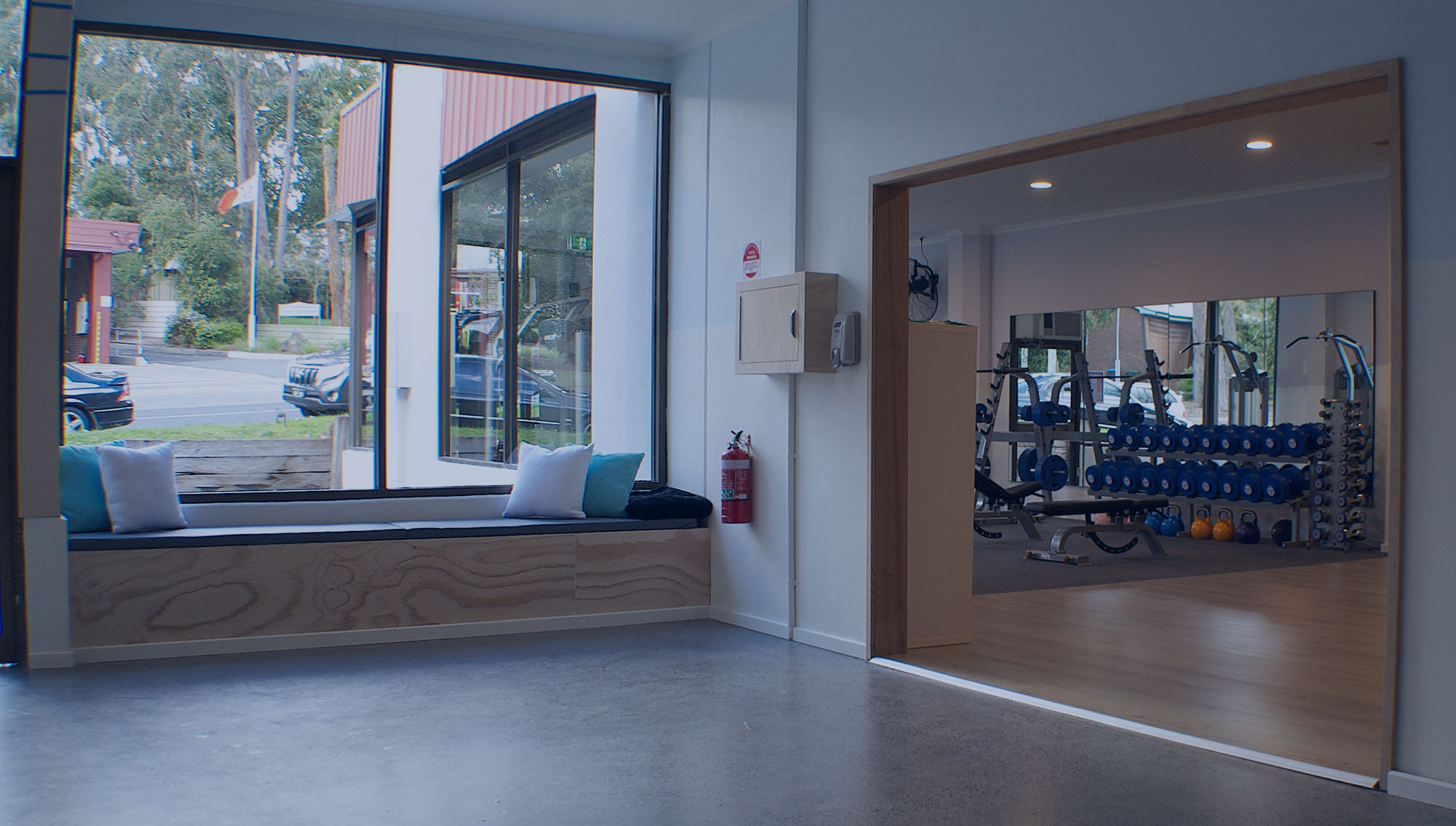20 Mar Fascia – What is it and why you need to know about it!
Fascia – What is it and why you need to know about it!
Written by Elissa Robbins (Myotherapist)
Fascia is the spider web substance that engulfs our entire body from head to toe. It is the network that sits beneath the skin and wraps around every muscle, bone, nerve and organ in our body.
to toe. It is the network that sits beneath the skin and wraps around every muscle, bone, nerve and organ in our body.
Fascia a connective tissue that is formed by cells, fibres and ground substances similar and belongs to the same family as bones, cartilage, tendons, ligaments, blood and lymph, due to their similar make up.
The primary functions of fascia are to;
• Provides support and protection from outside trauma
• Provides a gel like substance which allows the muscles to move smoothly against each other
• Supportive role to the musculoskeletal system allowing it to achieve functional activities
• The fascia separates the muscles so they can work individually
‘ Anatomy Trains is how the muscles connect through the fascial fabric of the body’ Thomas Myers explains how the fascial lines link together by the ‘direct force of transmission through the fascial fibric of the body’

Just like our muscles, fascia can become tight / restricted and inhibit movement also and can become a source of pain also. Fascia restrictions can occur because of a lack of water / dehydration, or due to a lack of movement in a particular area. This conditions result in fascia fibres being continuously laid down, much like if we stop brushing our teeth the fuss begins to build up on our teeth.
So what do I need to do to keep my fascia healthy?
Daily life creates restriction through the fascia which is inevitable however here are a few ways you can help keep your fascia healthy;
1. Keeping hydrated
Aim to drink 8-10 glasses of water per day
2. Move often!
Movement is the key, prolonged postures can result in fibrous adhesions to for creating restrictions in the fascia
3. Practice stretching, mobility and foam rolling exercises regularly
Targeted exercises
How can a Myotherapist help?
*Cupping- mobilisation of the fascial system by restoring hypomobile fascia tissue.
*Restoring the fascial lines to allow for smooth movements
*Increasing blood flood and circulation by moving the fascia with the use of elbows and hands on techniques
If you would like further information please contact Strong & Stable on 9762 0976.


Sorry, the comment form is closed at this time.